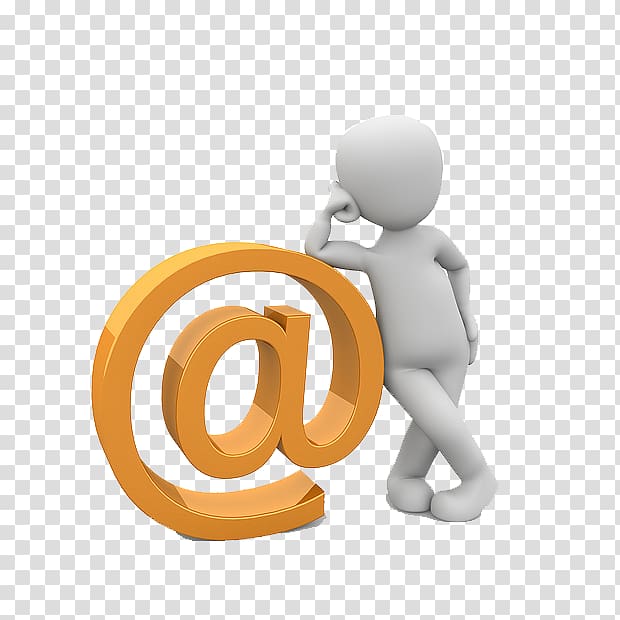Where It’s @
Talk about a revival story. The @ symbol — aka, asperand, ampersat, arobase, strudel, arrobase (French), arroba (Spanish), snail (Italian), monkey tail (Dutch) — went from near obscurity to ubiquity thanks to the digital revolution.
But I’d been using it before I owned a computer. As a young journalist, I devised my own form of shorthand for taking interview notes. Some of it was drawn from university economics classes, useful for both general purposes and for business articles — a lower-case cursive letter “i” for “interest;” a lower-case cursive “y” for “income;” an upper-case “K” for “capital;” “bec” for “because” and, among many others, the @ symbol.
Looking the other day at an image of a pre-1900 typewriter, I noticed there was no @ symbol. Reading through some histories, I learned that the symbol’s origins are unclear. In one account, a monk in 1011 wrote the Old English alphabet listing the 24 letters of the Latin alphabet first and including the ampersand at the end. (It was later removed because it’s not a letter used to spell words.)
According to an article by William F. Allman in the September 2012 Smithsonian magazine, “one theory is that medieval monks, looking for shortcuts while copying manuscripts, converted the Latin word for ’toward’—ad—to ’a’ with the back part of the ’d’ as a tail. Or it came from the French word for ‘at’—à—and scribes, striving for efficiency, swept the nib of the pen around the top and side. Or the symbol evolved from an abbreviation of ‘each at’—the ’a’ being encased by an ’e’.” The first documented use was in 1536, in a letter by Francesco Lapi, a Florentine merchant, who used @ to denote units of wine called amphorae, which were shipped in large clay jars…”
At some point it became universally used by merchants to signify “at-the-rate-of” (eg: 12 fountain pens @ $1 each), but apparently it wasn’t in wide enough use to include it on early keyboards. When Christopher Latham Sholes developed the first commercially successful typewriter in 1868, @ was absent from the keyboard, as it was from the first mass-market Remington typewriter several years later. The first time it appeared on a keyboard was in 1889, on the Hammond 1. Into the 1900s, it was finally included on all keyboards but it was mainly used by bookkeepers and accountants.
The symbol’s renaissance happened in 1971, during the early years of the digital revolution. In those days computer programmers at various locations were connected to mainframe computers using a phone connection and a teletype machine, but the mainframes didn’t speak to each other. (A programmer could send another programmer a message only if they were using the same mainframe machine.) A computer scientist, Ray Tomlinson, who was part of the team developing a network called Arpanet, the earliest version of the Internet, tried to figure out an efficient way for programmers in remote locations to connect with each other. Much like snail-mail, individuals would need unique addresses. What about the “@” symbol, thought Tomlinson, it’s not used much and it could indicate that the person one wanted to contact was “at” a different mainframe. (For example, “name@hostcomputer.”) As the Smithsonian article documents, he sent himself an e-mail which went from his teletype through the Arpanet network and back to another teletype on a different mainframe computer in his workplace. (Incidentally, Tomlinson spelled it “email” because, he told a reporter in 2010, “I’m simply trying to conserve the world’s supply of hyphens.”)
At that moment, the @ symbol was on the brink of stardom. Today, thanks to the @ symbol, approximately 340-billion e-mails are sent each day and, as most of us know, nearly 50 per cent of them are spam.

